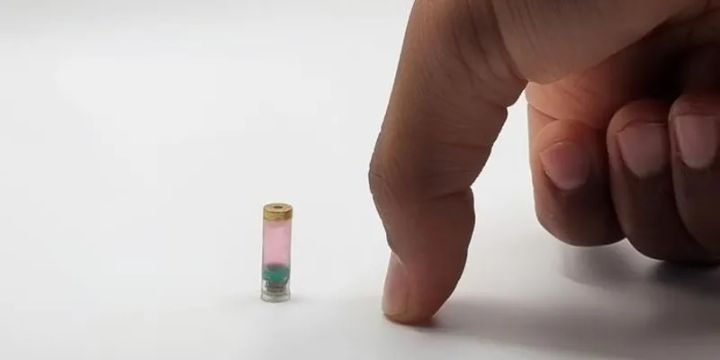MEDS: The Ingestible Bioprinter Revolutionizing Non-Invasive Gastrointestinal Repair
- Oct 17
- 2 min read

The medical landscape for treating internal injuries, particularly within the gastrointestinal (GI) tract, is on the verge of a revolution, thanks to a development announced recently by EPFL. Historically, soft tissue injuries in the GI tract, such as ulcers or hemorrhages, required some form of surgery—a process that is often invasive and may not always guarantee permanent repair. But a new technology, the Magnetic Endoluminal Deposition System (MEDS), promises to shift this paradigm entirely.
MEDS is the world’s first ingestible bioprinter designed specifically for non-invasive tissue repair. The technology, detailed in Advanced Science, combines the therapeutic potential of in-situ bioprinting with the untethered delivery capabilities of smart capsules.
Bioprinting is an effective treatment methodology where biocompatible ‘ink’—often made of natural polymers like those derived from seaweed—is deposited directly onto damaged tissue to create a scaffold for new cell growth. Previously, however, these bioprinters, like traditional surgical tools, tended to be bulky and necessitated anesthesia. Furthermore, previous ingestible smart capsules, while capable of navigating through liquids, lost predictability when touching tissue walls, which is problematic since bioprinting requires tissue contact.
The EPFL team successfully addressed these limitations by creating MEDS. The device is about the size of a pill and functions much like a miniature ballpoint pen. It contains a chamber holding bio-ink and utilizes a spring-plunger mechanism to release the material.
What makes MEDS truly unique is its highly controlled, non-electronic guidance system. The capsule is steered with exceptional precision using an external magnet mounted on a robotic arm. The release of the bio-ink is activated by an external near-infrared laser beam, which safely penetrates the body’s tissues. This combination allows for precise navigation and targeted bio-ink deposition within the GI tract.
The implications for Gastrointestinal Repair are significant. In controlled laboratory experiments, the researchers successfully used MEDS to repair simulated gastric tissue, sealing artificial ulcers of various sizes and even stopping a simulated hemorrhage. The concept was further validated in in-vivo experiments, where the device successfully deposited bio-ink in the gastric tracts of rabbits. The researchers confirmed that the capsule’s movement could be tracked using x-ray fluoroscopy, and crucially, the device is retrievable orally using magnet guidance, emphasizing its minimally invasive nature.
The therapeutic potential extends beyond mere physical scaffolding. The bio-ink can be combined with medicine or cells to boost tissue repair. In laboratory tests, the cell-laden bio-ink retained structural integrity for over 16 days, suggesting its potential to act as a ‘micro-bioreactor’ that releases growth factors to recruit new cells for wound healing.
While further validation is needed for applicability in-vivo, MEDS provides the foundational role for future bioprinting applications. Looking ahead, the researchers plan to extend the capabilities of the device to include blood vessels and the tissues of the abdominal wall. The arrival of this pill-sized printer opens the door to a new, less invasive era of internal medical intervention.











Comments